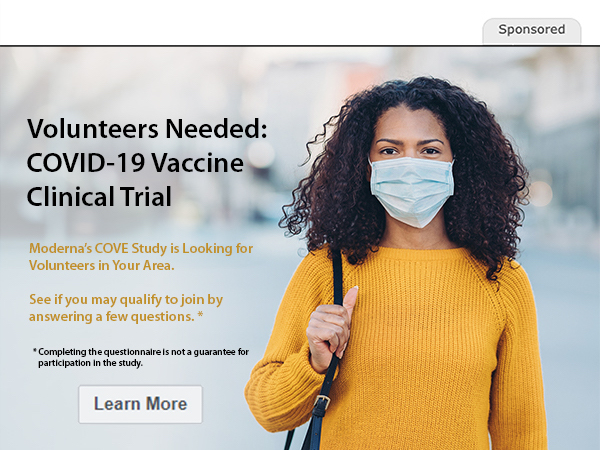Before going to trials with human beings, basic science medical research occurs. Using laboratory studies with cell cultures and animal models (like mice), this essential research is the first step on the ladder to medications that work in humans. Nobel Prize winner, James Allison, is an example of someone who has conducted basic medical research that has led the way to breakthroughs that save lives.
At this very moment, basic research is helping us to learn if medications that have already been approved by the FDA for other conditions, could be used for COVID-19 treatment.
Researchers from all over the globe worked on a project to glean down two huge databases, the LOPAC®1280 library of 1280 pharmacologically active compounds and the ReFRAME library which has 12,000 compounds that can be used for “fast-track drug discovery” to identify compounds that would interfere with the life cycle of the COVID-19 virus.1 [IMPORTANT CAVEAT: This research has NOT gone through peer-review. ]
Finally, in the final step, human cells in gel plates were infected with SARS-COV-2. This in vitro research exposed the infected cells to almost 300 compounds. The research identified 27 compounds that were not on the radar before as being effective in stopping COVID-19. Seventeen of those have already gone through safety testing in humans.
As we move forward in searching for answers and treatments for COVID-19, basic research provides an important starting point. Finding multiple treatment options to test in clinical trials is a step closer to possible treatment cocktails to beat this disease.
How are you managing to maintain hopeful during this pandemic? Please share your experiences in comments section below and stay safe.
1 Riva, L. et al (2020). A Large-scale Drug Repositioning Survey for SARS-CoV-2 Antivirals. BioRxIV. https://www.biorxiv.org/content/10.1101/2020.04.16.044016v1.full (pre-print service)






